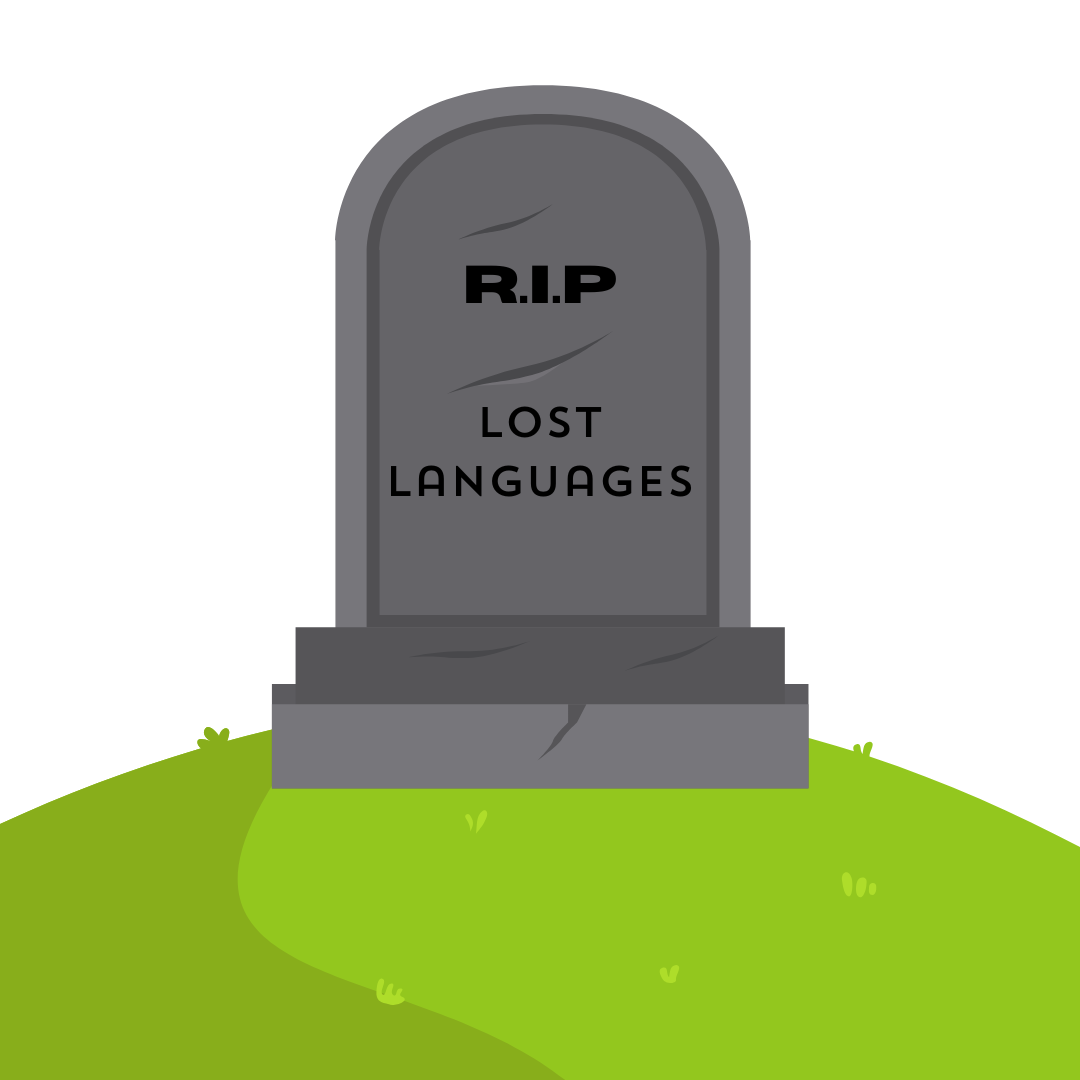Saving Lost Languages: How Communities and Linguists Bring Them Back to Life

Within the next 80 years, half of the seven thousand languages on earth are expected to die. Language death is a very common phenomenon, but that does not make it a natural one. Just as the dodo didn’t die out for no reason, neither does a language die out spontanesously; language death is often caused when one community dominate another politically or culturally, or through natural disasters or conflicts that force a community to disperse. Every time a language dies, it isn’t just the words and grammar that fall away. It is the customs, the culture, the stories of these communities, that if not translated or recorded, are lost forever. As languages slip from endangered to moridund to extinct, language enthusiasts work with local communities to try and stem and ultimately reverse these trends. So, if you are wondering what can be done to revive a language, this blog post looks at the success stories of language revival and considers what linguists did to bring these languages back from the dead.
Success Stories
Un(dead) languages: Massachusett and Manx
Through quite a few languages have been brought back from the brink, very few have been brough back from the dead. In Europe, UNESCO lists only 3: Cornish (spoken in Cornwall), Manx, and Latvia’s Lovinian. However, outside of Europe, there are lots of small revival efforts for Indigenous languages in Oceania and the Americas. Most have only just begun.
Massachusett, or Wampanoag, spoken in New England, USA, went extinct around 1890. It was brought back from the dead a century later, by Jessie Little Doe Baird, when she began the Wampanoag Language Reclamation Project. It was a massive help that the language had the largest body of written work of all the native American languages, through most of the texts in the language were colonial-era Biblical texts from missionaries. To fill any gaps, they looked at similar related languages in the region, they were able to look at sound and grammar patterns and estimate what specific elements of the language were. Within 10 years, she had created a grammar guide, and by 2014, there were a handful of child native speakers of the language, and hundreds of students helping to bring Massachusett back from total extinction.
Meanwhile, Manx is a language native to the Isle of Man in the centre of the British Isles. Its last native speaker, Ned Maddrell, died in 1974, taking his language as a mother tongue with him. In the 90s, led by Brian Stowell, a concerted effort to revive the language and culture started. It has begun to bear fruit. In recent decades, number of speakers has increased from 165 in 1961 to just under 2500 in 2024, making up 1/40 of the Manx population. In both these contexts, we can see how vital the written form is to underpin the survival of the spoken language. Manx had enough literature and texts to write a stable grammar and dictionary, and Baird understood the necessity for a written record of Wampanoag in order to help second-language learners revive the language. This is one of the key elements that determines how easy it is to bring a language back from the dead. Many dying languages found in remote communities have no written record and information is only passed down via oral tradition, as was the case in almost all of the nearly 300 pre- Colombian Native American languages in the modern-day United States. In these cases, when the language dies, it is impossible to reclaim it, and it is gone forever.
Education, education, education: Welsh and Māori
Government language planning (and funding!) holds one of the crucial keys to language revitalisation. Language revitalisation policy is directed at declining languages, rather than dead ones. This includes Welsh, both in Wales, with its Cymraeg 2050 plan which aims to get the number of fluent Welsh speakers to 1 million by 2050, and also in Argentine Patagonia, where job applications for Welsh-speaking teachers have been put out in the towns once founded by Welsh settlers, such as Trelew and Madryn, Chubut Province. Governments can- and did- suppress languages like Welsh in the UK and Argentina. However, this power can also be used by local government to bring in effective and helpful revitalisation policies, such as Welsh-medium education.
Language revitalisation for younger children is dependent on the education and childcare industries. To be truly successful, teaching needs to be delivered in the target language, rather than about the target language. In Māori, one of the most successful examples of language revitalisation globally, they developed a strategy called the ‘language nest’ in the 1980s. Older fluent speakers act as mentors to young children, transferring both culture and language intergenerationally. This worked to stem the collapse of Māori young speakers from the mid 20th century. Private companies have capitalised on the growing prestige of Māori among both Māori and non-Māori New Zealanders, with both Disney and Google increasing their thriving Māori-medium content. This is a crucial step for the ‘mainstreaming’ of minority languages during revitalisation.
So, how to bring language back from the dead?
From these case studies, we can see a common thread among the most successful revivals of dead or dying languages. Written and electronic forms of language are crucial for the passing down of a language. The use of immersive language-medium education and childcare give young people the best chance to develop their language skills during this critical period. And investment, both from governments and private companies, helps to increase awareness throughout the community and provides the resources to help keep these unique and vibrant cultures alive. Note: Languagenut provides Primary resources for some of the languages that are undergoing language revival processes, including Welsh and Māori, and also Scottish Gaelic, the closest related language to Manx in the world.